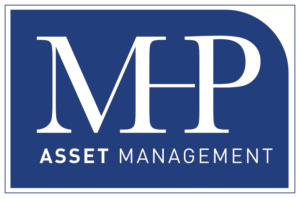Almost 100% of new clients that walk into my office to discuss their retirement plan have two beliefs that are consistent. First, they believe that they do not have enough money to retire and second is that they believe the amount of money that would allow for a comfortable retirement is predetermined by the “experts” on the radio, TV or magazines, and that number is more than have accumulated. Another common perception is that the tax rate will be lower once the client reaches retirement age. This may be true, or it may not be true. There is no way to know tax policy and rates in the future.
Some clients want to work well beyond traditional retirement years however some clients want to retire early by today’s standards.
Instead of focusing on total assets needed to retire let’s back in to what income you will need to sustain the lifestyle that you want. We must also account for the fact that the money that you are saving for retirement now will not be included in your retirement budget. The key is to convert your retirement assets into income producing vehicles that are sustainable, steady but have the potential to grow.
It sounds like a tall order and… it is. This plan depends on the amount of income that we must derive from the client’s assets. We must also look at Social Security benefits that typically play a big part in the client’s retirement income. Congress has done away with some previous filing strategies, but it still makes sense to look at varying scenarios regarding when you the client starts receiving benefits.
The content of many 401(k), 403B, IRA or really any other qualified plans typically consist of mutual funds that have been used for accumulation of assets. These funds, in my opinion are not efficient means of deriving income once retired.
A common, yet dated strategy has been to take 4% of your assets for income. Many years ago, when you could get a CD with a 5% return, that might have been viable. In today’s world CD rates are substantially lower, so to get your 4% you must place your assets at market or credit risk.
There are ways to mitigate these risks using investment-grade quality corporate bonds and possibly an “A” rated fixed indexed annuity with good income riders to provide a sustainable, steady income. Once you have met your income goals, we are able to invest the rest of the assets for growth. Because we have the income portion set, we are not overly concerned with market or sequence of returns risk that would put your income in danger.
It can be very beneficial to plan sooner than later. The first step in this process is to figure out a realistic budget and income needs come retirement. A good financial planner that has expertise in planning for retirement income and asset management is a great place to start.





















